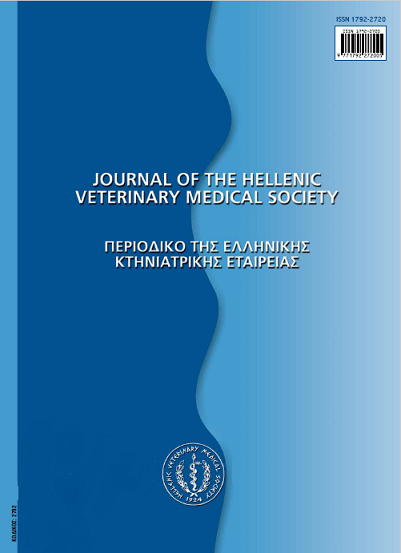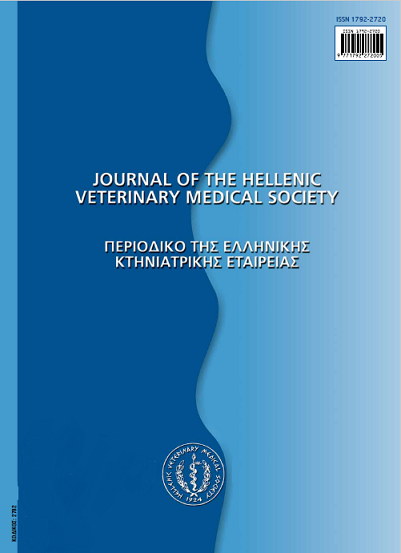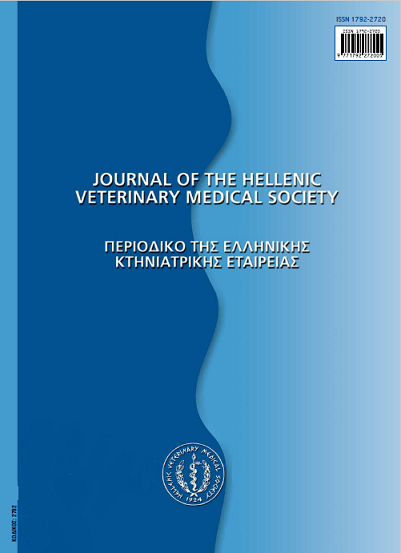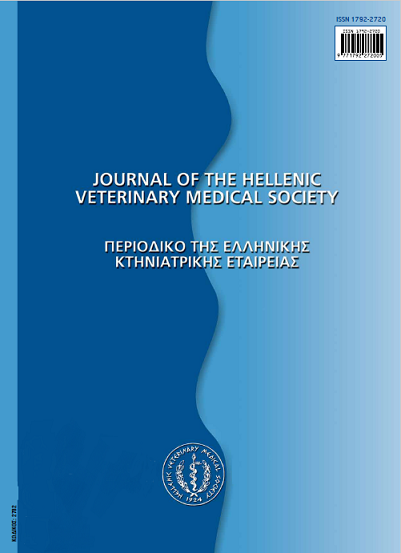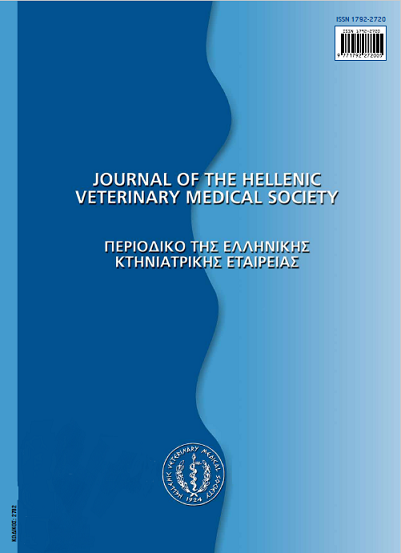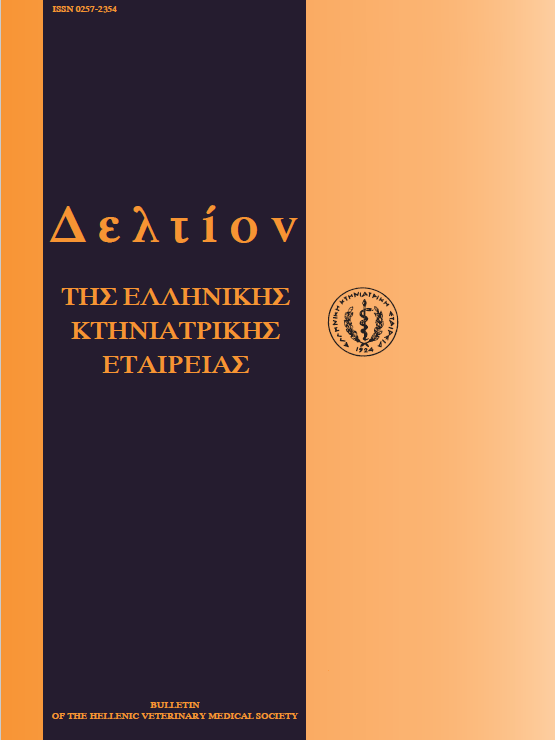Fish vaccination

Abstract
In intensive fish rearing system, fish are kept in high densities and their chance to be exposed to micro organisms that can cause infection, such as bacteria, parasites or viruses, is very high. Under these circumstances, the problem of infectious diseases is becoming very important and has significant results. Bacterial and viral diseases of the cultured fish species have led to high mortalities and have decreased the income of the fish farming industries. There are many examples in the Mediterranean Sea, in the production of sea bream (Spams aurata), sea bass (Dicentrarchus labrax) and many other cultured fish species. In the last years, this production has been followed by important outbreaks of known diseases and also by the appearance and identification of new ones. Until recently, for the control of the bacterial and parasite diseases, only antibiotics and chemical products were used that often demonstrated side effects, like residues in the fish muscle, development of resistance to the antibiotics and environmental pollution. Moreover, for the viral diseases, for which there is no treatment, the onset of the disease usually demands the destruction of the infected population. All the above, showed that there was a need to find methods to prevent the infection of the fish populations and this led to the development of vaccines. At the beginning, vaccines were produced only for the most common diseases and were easy to prepare bacterial vaccines, for example for vibriosis, furunculosis and red mouth disease (ERM). Nowadays, the production of new and more effective vaccines has began, even for diseases that are caused by viruses, like the subunit vaccines, the live recombinant and the genetic vaccines.
Article Details
- How to Cite
-
PAPADOPOULOS (Π. ΠΑΠΑΔΟΠΟΥΛΟΣ) P., BITCHAVA (Κ. ΜΠΙΤΧΑΒΑ) K., TZIRONI (Ε. ΤΖΙΡΩΝΗ) E., & ATHANASSOPOULOU (Φ. ΑΘΑΝΑΣΟΠΟΥΛΟΥ) F. (2017). Fish vaccination. Journal of the Hellenic Veterinary Medical Society, 59(4), 308–319. https://doi.org/10.12681/jhvms.14965
- Issue
- Vol. 59 No. 4 (2008)
- Section
- Review Articles
Authors who publish with this journal agree to the following terms:
· Authors retain copyright and grant the journal right of first publication with the work simultaneously licensed under a Creative Commons Attribution Non-Commercial License that allows others to share the work with an acknowledgement of the work's authorship and initial publication in this journal.
· Authors are able to enter into separate, additional contractual arrangements for the non-exclusive distribution of the journal's published version of the work (e.g. post it to an institutional repository or publish it in a book), with an acknowledgement of its initial publication in this journal.
· Authors are permitted and encouraged to post their work online (preferably in institutional repositories or on their website) prior to and during the submission process, as it can lead to productive exchanges, as well as earlier and greater citation of published work.



